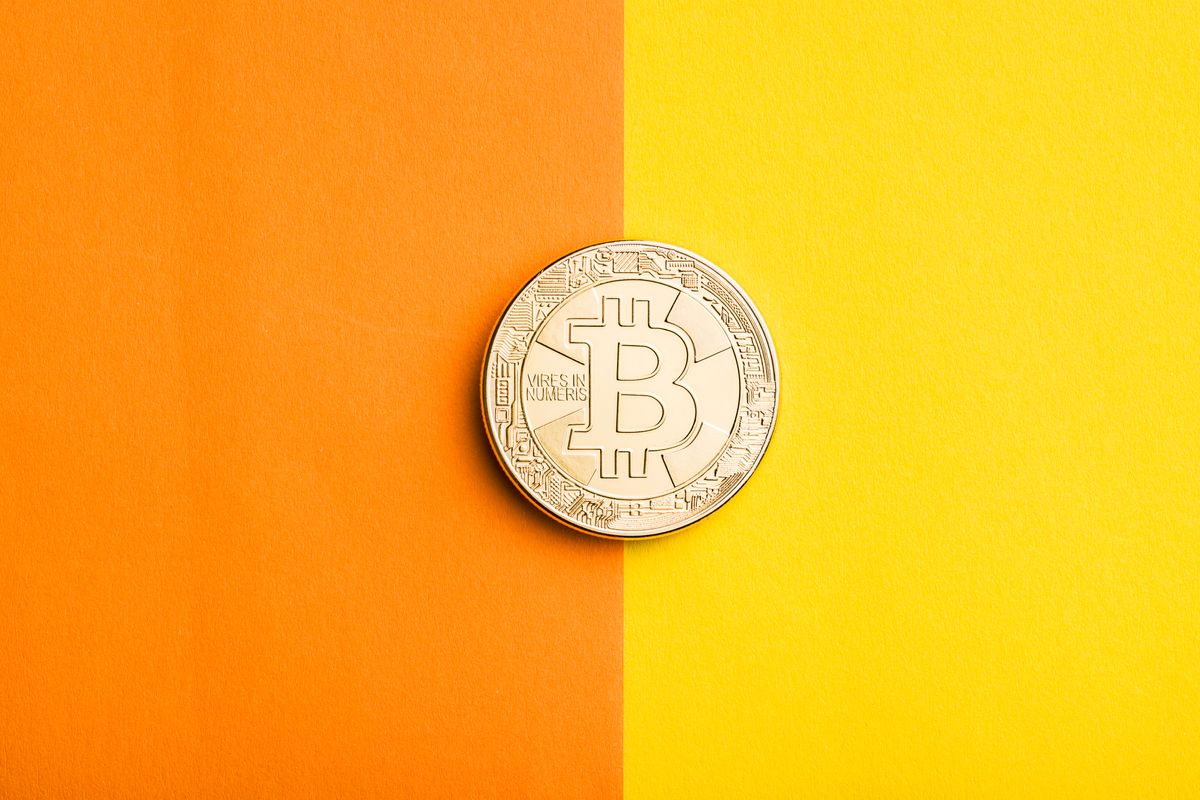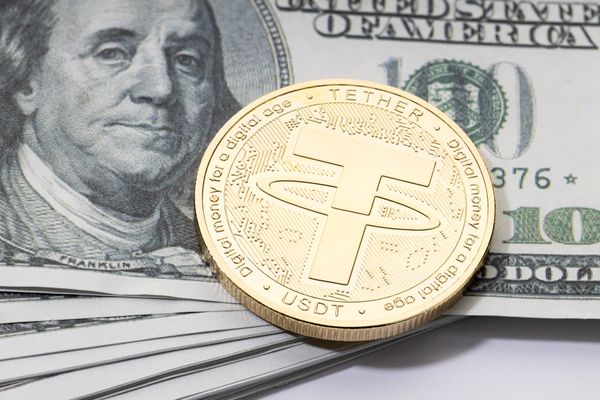Beginner's guide to Bitcoin

Bitcoin is a decentralized digital cryptocurrency that was created in 2009 by an anonymous individual or group of individuals using the pseudonym Satoshi Nakamoto. It is often referred to as a "digital gold" and is one of the most well-known and widely used cryptocurrencies in the world.
Here are some key features and aspects of Bitcoin:
- Decentralization: Bitcoin operates on a decentralized network of computers (nodes) that collectively validate and record transactions on a public ledger called the blockchain. This means that there is no central authority or institution controlling Bitcoin.
- Blockchain Technology: The blockchain is a distributed ledger that records all Bitcoin transactions. It is a chain of blocks, where each block contains a list of transactions. This technology ensures the security and transparency of the Bitcoin network.
- Digital Currency: Bitcoin is purely digital and exists only in electronic form. It is not backed by any physical asset like gold or a government's promise, making it a form of decentralized digital currency.
- Limited Supply: Bitcoin has a capped supply of 21 million coins. This scarcity is built into its design, with new bitcoins being created through a process called mining, but at a diminishing rate. This scarcity is often cited as one of its key attributes, similar to gold.
- Mining: Bitcoin mining is the process by which new bitcoins are created and transactions are added to the blockchain. Miners use powerful computers to solve complex mathematical puzzles, and in return, they are rewarded with newly created bitcoins and transaction fees.
- Security: Bitcoin transactions are secured through cryptographic techniques, and the decentralized nature of the network makes it difficult for any single entity to manipulate the system.
- Pseudonymity: While Bitcoin transactions are recorded on a public ledger, the identities of the parties involved are not necessarily tied to their real-world identities. Users are identified by cryptographic addresses, which offers a degree of privacy but is not entirely anonymous.
- Volatility: Bitcoin's price is known for its extreme volatility, with significant price fluctuations over short periods. This makes it both an investment opportunity and a risk.
- Use Cases: Bitcoin can be used for various purposes, including as a store of value, a medium of exchange for goods and services (though its use for day-to-day transactions is limited), and as a speculative investment.
- Global Accessibility: Bitcoin can be used and accessed by anyone with an internet connection, and it has gained popularity worldwide.
Bitcoin has had a significant impact on the financial and technological world since its creation, and it has sparked the development of thousands of other cryptocurrencies. It continues to be a subject of debate and interest among investors, regulators, and technologists.
Steps to buy Bitcoin
Buying Bitcoin involves several steps, and it's important to do so through a reputable and secure platform or exchange. Here are the general steps to buy Bitcoin:
- Get a Bitcoin Wallet:
Before you buy Bitcoin, you'll need a secure place to store it. A Bitcoin wallet is a digital tool that allows you to store, send, and receive Bitcoin. There are various types of wallets, including software wallets, hardware wallets, and mobile wallets. Choose one that suits your needs and security preferences. - Choose a Cryptocurrency Exchange:
Select a reputable cryptocurrency exchange where you can buy Bitcoin. Some popular exchanges include Coinbase, Binance, Kraken, and Bitstamp. Ensure that the exchange operates in your region and supports the payment methods you plan to use. - Create an Account:
Sign up for an account on your chosen exchange. This typically involves providing personal information and verifying your identity in compliance with Know Your Customer (KYC) regulations. - Verify Your Identity:
Most exchanges will require you to complete identity verification, which usually involves providing a photo ID, proof of address, and sometimes a selfie to confirm your identity. - Deposit Funds:
Deposit funds into your exchange account. The methods for depositing money can vary by exchange and may include bank transfers, credit/debit cards, or other payment options. Follow the exchange's instructions for depositing funds. - Place an Order:
Once your funds are in your exchange account, you can place an order to buy Bitcoin. There are two common types of orders:- Market Order: This is an order to buy Bitcoin at the current market price. You will get the Bitcoin at the current market rate, but the exact amount may vary depending on market fluctuations.
- Limit Order: With a limit order, you specify the price at which you want to buy Bitcoin. Your order will only be executed if the market reaches your specified price.
- Review and Confirm:
Double-check the details of your order before confirming the purchase. Ensure that you're buying the correct amount of Bitcoin and at the desired price. - Secure Your Bitcoin:
After your order is executed, the Bitcoin will be credited to your exchange account. To enhance security, transfer your Bitcoin to your personal wallet. This step is crucial because keeping your Bitcoin on an exchange exposes it to potential security risks. - Withdraw to Your Wallet:
In your exchange account, find the option to withdraw or send Bitcoin. Enter the address of your Bitcoin wallet and the amount you want to transfer. Confirm the transaction, and your Bitcoin will be sent to your wallet. - Store and Manage Your Bitcoin:
Safely store your Bitcoin in your wallet, and make sure to keep your wallet's private keys and recovery phrases secure. This is essential to prevent unauthorized access to your funds.
Remember that the cryptocurrency market is volatile, so the price of Bitcoin can fluctuate significantly. Be mindful of this when making your purchase, and consider your investment goals and risk tolerance.
Additionally, be cautious of phishing scams and ensure you are using a reputable and secure exchange and wallet to protect your investment. Always do your own research and consider seeking advice from financial experts if you are unsure about your investment decisions.




